The device was called L’Arbalete la Sauterelle Type A D’Imphy, and it quite literally was a crossbow, using the tension of two bent steel rods to provide the energy storage that sinew provided back when the Romans were building this sort of thing. A metal cup held a spherical Type 14 grenade (weight roughly 1kg/2.2lb), and a pair of hand cranks on a rack and pinion mechanism were used to cock it.
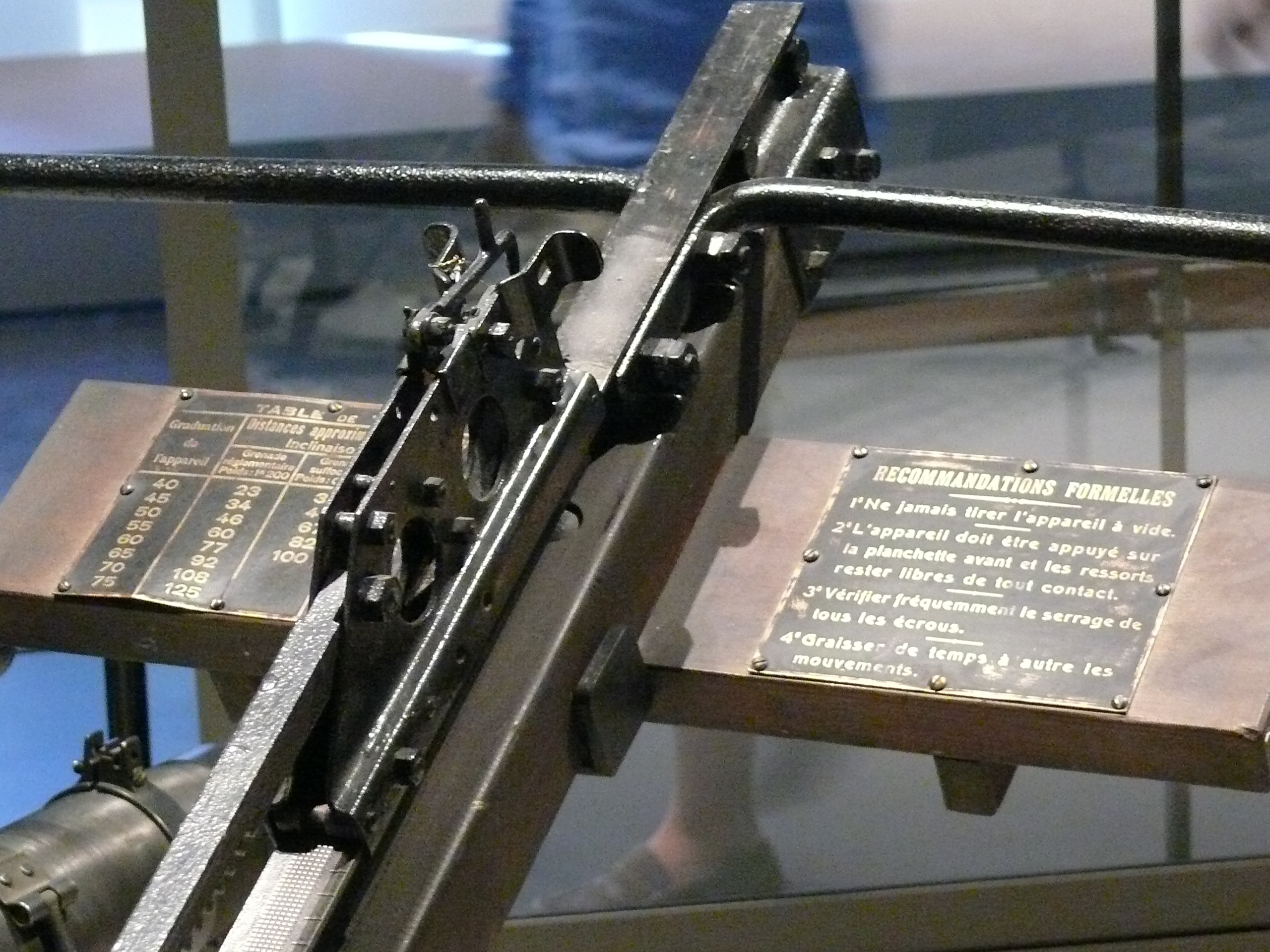
The name translates to “The crossbow the Grasshopper” according to Google translate but if any native French have a better insight it would be appreciated.
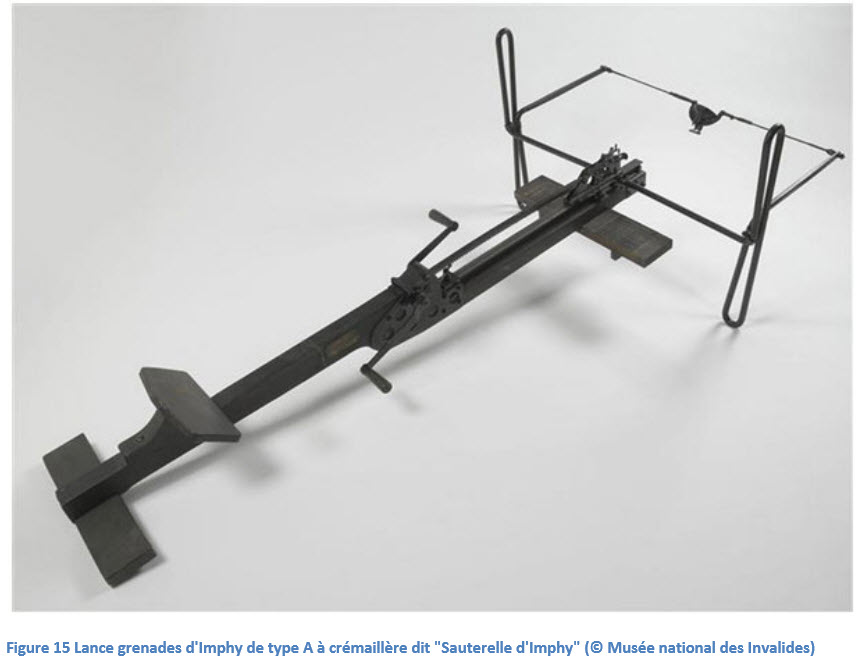
The device was designed by a French artillery officer by the name of Elie André Broca… These crossbows were actually fairly sophisticated, and Broca put together a company to manufacture them. They would turn out to be fairly well-liked by troops, and did a good job of filling the technology gap until more modern light mortars could be developed and mass produced…
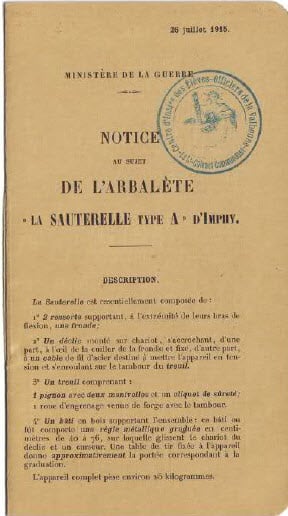
https://www.forgottenweapons.com/larbalete-la-sauterelle-type-a-dimphy/
For French readers: ~~http://kaloujm.com/lance_grenade_de_tranchee.pdf~~ https://www.kalasnyikov.hu/dokumentumok/lance_grenade_de_tranchee.pdf
Was the grenade on a timed fuse, or did it detect the impact?
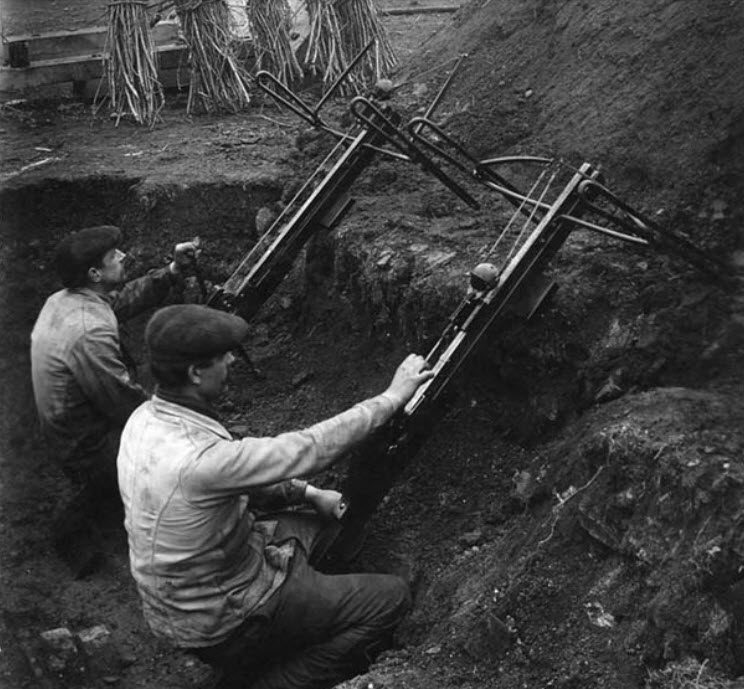
Based on this picture of factory workers in combination with Ian’s description I believe the Type 14 grenades are 1914 ball grenades which come with a 4 second fuze. Impact grenades did exist at the time though.
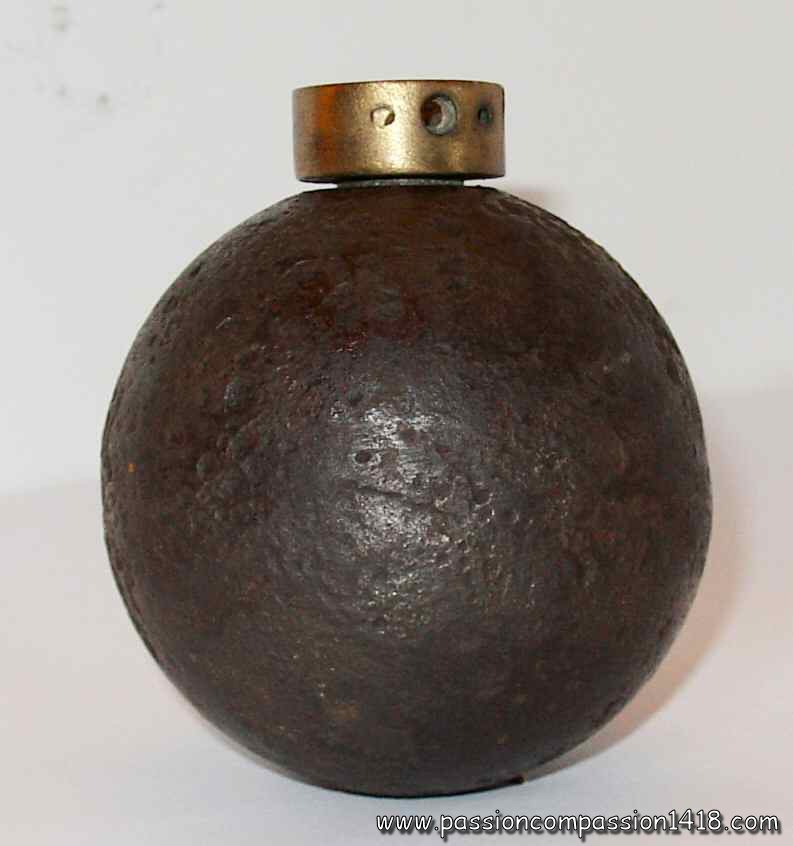
Wait, there were hand-thrown, impact-fused grenades in ww1? I thought those didn’t come around till much later, and weren’t exactly well liked for quite a while.
One source I saw had the Grenade P1 ‘Pear’ grenades that had a system like that but it sounds like they weren’t good at fragmentation.
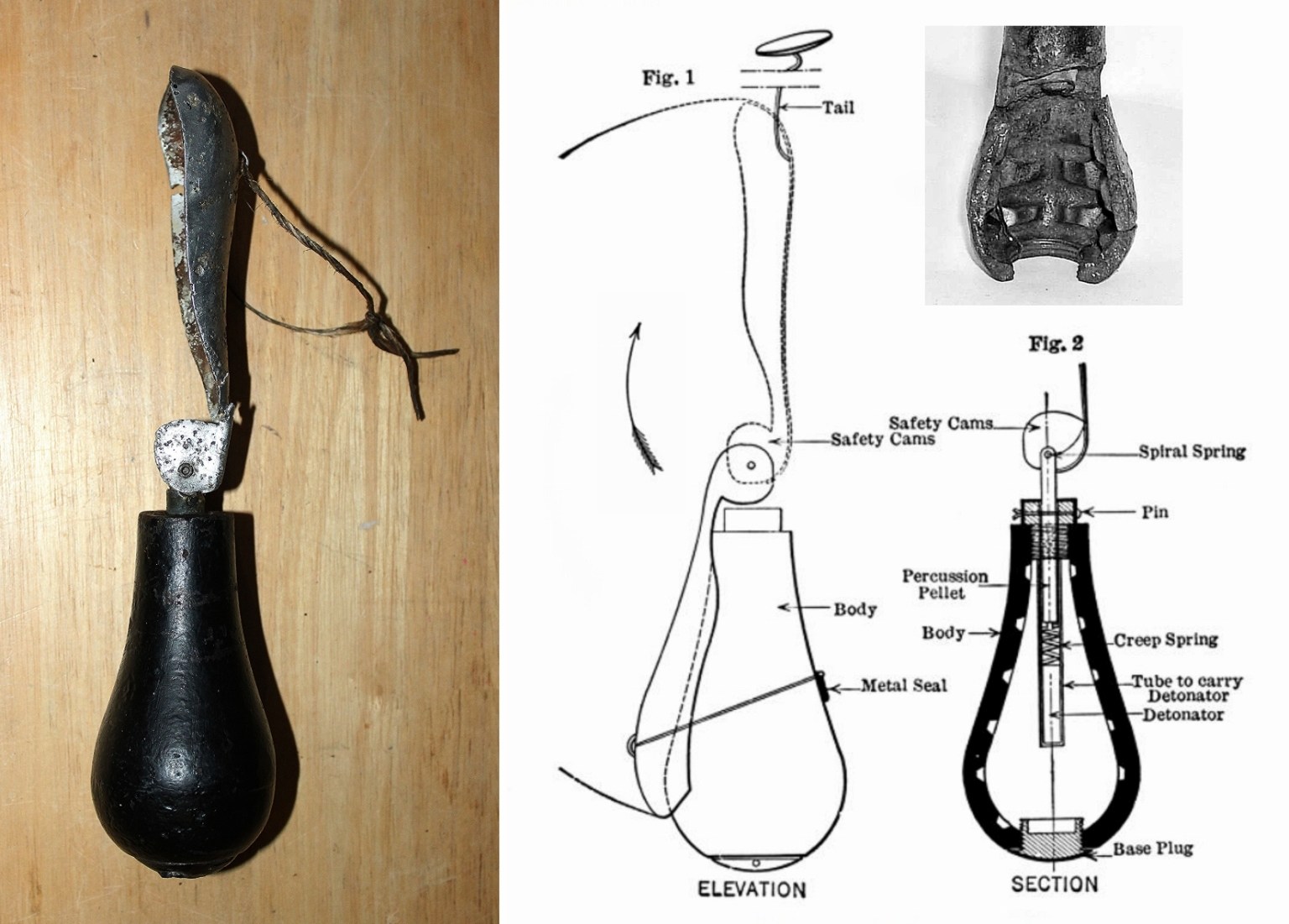
The new weapon was almost immediatly nicknamed ‘Pear grenade’ or ‘Spoon grenade’ by the fighters, because of evident reasons understandable with just a look on the pictures. The grenade was made of a pig iron body with inner fragmentation grooves, closed at its base by a lead plug, and on the top by the igniter mechanism. This mechanism was composed by a detonator triggered by a starter that was hit by a moving percussion pin when the grenade landed vertically on its base. This percussion movement was only possible when the spoon-like lever was up. A security wire wrapping the spoon lever and the grenade body at rest had to be cut prior to launching the grenade, so that the rotation of the lever was possible.
https://www.passioncompassion1418.com/decouvertes/english_grenades_fr.html
Actually here’s another:
The name translates to “The crossbow the Grasshopper” according to Google translate but if any native French have a better insight it would be appreciated.
Native french here. “The grasshopper crossbow” would probably be more accurate. I think they only used 2 articles for “style” here and it sounds weird in English.
Merci mon ami!
Note: I like the look of the “Baliste blondel” (page 5).
I can’t find more about it
That looks like it! I’ll cross out the old link.



